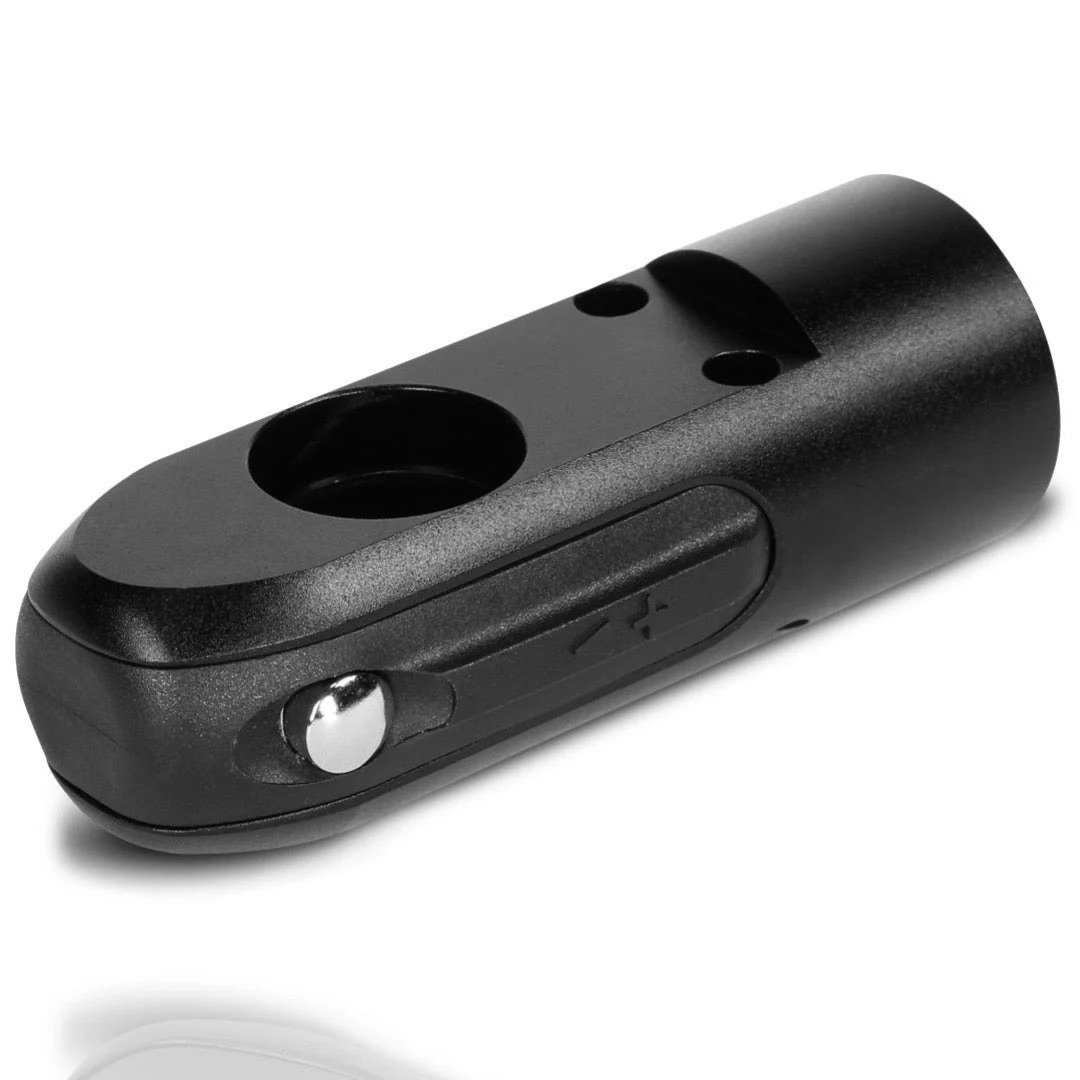Ordered a batch of CO2 cylinders, but unsure if they meet the right quality standards? One bad batch could cost you your brand reputation and violate safety laws in your country.
A complete CO2 cylinder inspection checklist should cover visual inspection, thread accuracy, pressure testing, valve compatibility, certification labels, and leak tests.
Most issues—like faulty threading, hidden micro-leaks, or missed certifications—can be caught early with a proper checklist. Here’s how I structure quality inspections in my factory to avoid surprises later.
Table of Contents
Why is a CO2 cylinder inspection checklist important?
Missing a single inspection step could mean shipping a faulty cylinder—risking both safety and legal penalties.
A solid checklist helps you standardize quality across batches and stay compliant with international safety standards like DOT, CE, and ISO.
Common risks of skipping inspection
If you don’t have a structured inspection checklist:
| Risk | Consequence |
| Internal corrosion | Shortens product lifespan |
| Valve mismatch | Customer complaints, returns |
| Poor threading | Incompatible with regulators or heads |
| Undetected leakage | Safety hazard, loss of CO2 |
| Fake or missing certification | Customs delays, legal liability |
We’ve seen clients—like James in the U.S.—switch suppliers simply because earlier vendors didn’t meet DOT label requirements. A clear checklist saves that hassle.
What are the key items in a CO2 cylinder inspection checklist?
Each cylinder needs to pass through at least 6 key checkpoints before leaving the factory.
Your CO2 cylinder inspection checklist should include visual checks, size and threading measurements, hydro and leak testing, and a certification label audit.
Here's the breakdown:
| Inspection Step | Details | Equipment Used |
| 1. Surface & visual check | Scratches, dents, rust, paint quality, internal debris | Manual, LED inspection tools |
| 2. Size & thread measurement | Cylinder length, diameter, neck thread (G1/2, W21.8, etc.) | Calipers, thread gauges |
| 3. Hydrostatic test | Pressure tested to 1.5x working pressure (e.g., 3000psi → 4500psi) | Hydro test pump |
| 4. Leak check | Soapy water or gas detection under pressure | Bubble test or gas sniffer |
| 5. Valve fit & torque test | Ensure valves fit tightly and open/close smoothly | Torque wrench |
| 6. Certification label check | CE, DOT stamps, batch no., production date, test expiry | Visual confirmation, camera scan |
My team runs this process for every batch. For large B2B clients, we provide full inspection videos and digital reports—especially for sensitive markets like Germany or the U.S.
How to structure inspection when ordering in bulk?
If you’re importing 1000+ cylinders, inspecting each one manually might not be efficient. Here’s how I usually help clients balance quality and efficiency.
Use AQL (Acceptance Quality Limit) sampling to inspect representative units from the full batch, paired with third-party verification if needed.
Smart inspection model for bulk buyers
| Order Size | Inspection Method | Frequency |
| 100–500 pcs | 100% in-factory inspection | Before packaging |
| 500–2000 | AQL sampling + key-point testing | Per shift |
| 2000+ | AQL + 3rd-party audit (optional) | Before shipment |
For instance, Michael in Canada requested FDA-grade soda cylinders. We added a swab test for residual oil inside and included FDA certificate copies in the shipment box.
What should you ask from your supplier?
- Request a QC checklist before PO confirmation
- Ask for videos or pictures of inspection process
- Confirm if your region’s certifications are engraved and valid
- Check if factory has internal batch tracking system
- Request a pre-shipment inspection report (PSI)
Conclusion
Quality inspection isn’t just a task—it’s your safety net. A solid checklist ensures your CO2 cylinders meet standards and customer expectations, every single time.






